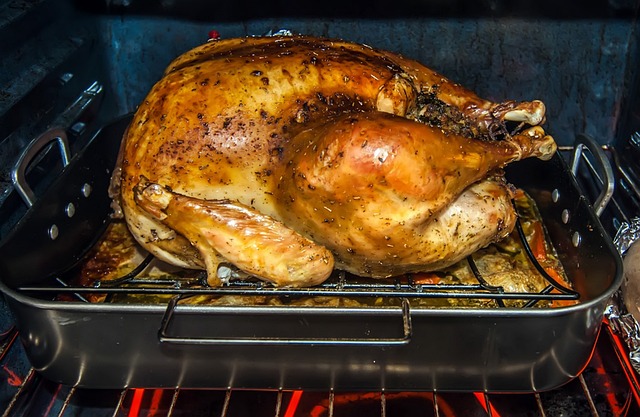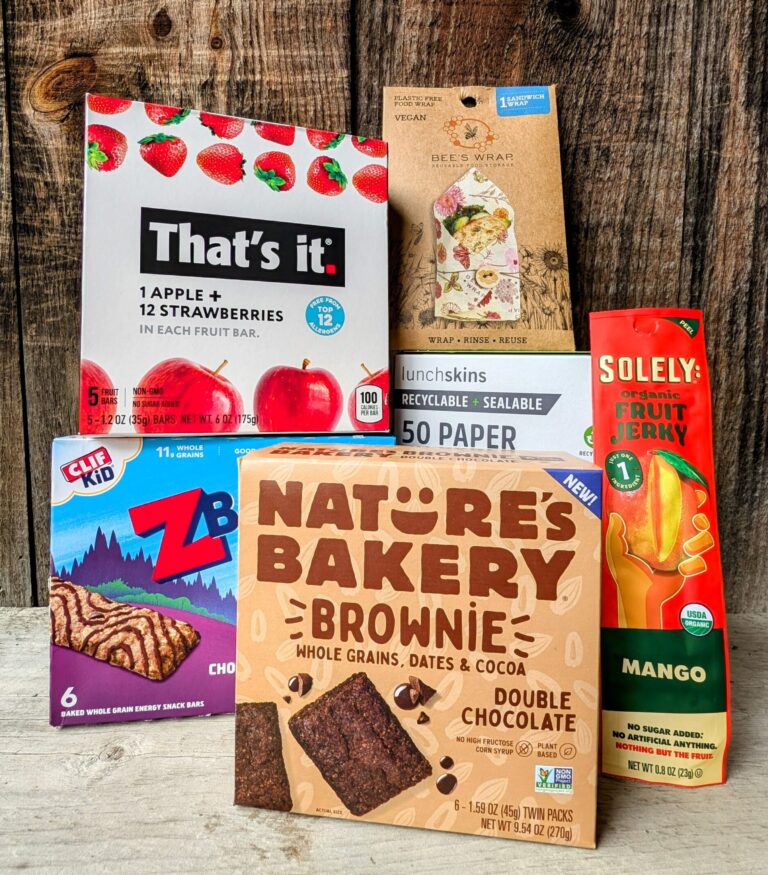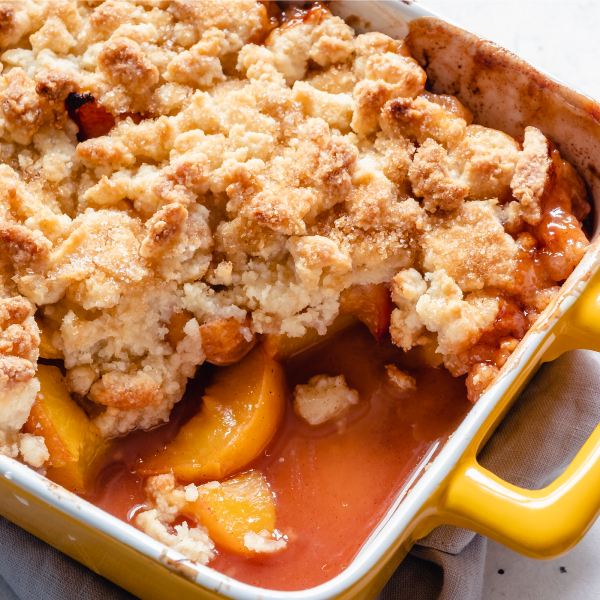Roasting a turkey for the first time this year? Here are three tried-and-true methods, with step by step instructions.
Step 1: Unwrap the turkey in the sink and give it a good rinse.
Step 2: Remove the giblet bag (located in the neck cavity, not the body cavity) before you cook your bird.
Step 3: Season the turkey inside and out with salt and pepper. (If you are stuffing your turkey, don’t do so ahead of time! Stuff it right before it goes into the oven, to minimize the risk of bacterial growth in the stuffing. You can put herbs, spices, chunks of onion, celery, cut up lemons or oranges in the cavity if you don’t want to stuff the bird with edible stuffing. These “aromatics” flavor the bird as it cooks.)
Step 4: Truss the turkey with kitchen string (tie it up in a neat package), and put it in a pan that’s big enough to accommodate the whole bird. If you’re using a disposable foil pan, put it on a rigid cookie sheet and lift by holding the cookie sheet.
Step 5: Prepare the turkey in one of three ways:
Plain and Simple
Pre-heat oven to 425 degrees and put the rack in the lowest position. Prepare the turkey for roasting as described above. Pat the breast dry, then rub with softened butter, salt and pepper. Put in the oven for 20 minutes, then lower the oven heat to 325 degrees and roast according to the directions on the other side of the page, basting with pan juices every half hour until done. If the skin gets too brown, cover with a double layer of foil.
Herbed, Self-Basting
Pre-heat oven to 425 degrees and put the rack in the lowest position. Chop a combination of rosemary, sage, thyme and parsley, for a total of about a quarter cup, and add to a cup of softened butter, 2-3 cloves minced garlic, salt and pepper. With your hand, carefully separate the skin of the breast from the meat, being careful not to tear the skin. Wiggle your hand around under there, working the skin loose over the legs as well as you can. Scoop the herb butter up in your hand and smear it around under the skin. Then smear the rest on the outside of the bird. Follow roasting directions under “Plain and Simple,” basting only if you feel like it.
Dry-Rubbed
Pre-heat oven to 425 degrees and put the rack in the lowest position. Brush turkey with oil, then sprinkle on generous amounts of your favorite rub, patting it onto the oiled skin with your hand. Sprinkle in the cavity for good measure. Follow roasting directions under “Plain and Simple.”
Now’s the time to start making your gravy.
FAQs
How Long Do I Cook My Turkey?
First of all, we recommend purchasing and using a meat thermometer; professional chefs with years of experience wouldn’t think of not owning this tool. The best thermometers are the “instant read” type, either analog or digital. These are not the thermometers that you stick in the raw bird and leave in place while cooking.
About an hour before the end of the roasting time (per this Meat and Poultry Roasting Chart), place the thermometer in the heaviest part of the thigh (make sure the thermometer is not touching bone) and check the temperature. The thermometer may take one minute to reach the actual temperature of the meat. Remove it before returning turkey to the oven.
When the temperature reaches 155 degrees, remove turkey from the oven and tent loosely with foil. The temperature will continue to rise as the turkey rests. Resting the meat is an important step, the meat juices redistribute into the meat and keep the turkey moist. Allow the turkey to rest 20-30 minutes before carving. This ensures that the juices won’t all spill out when you carve your turkey. Note: The old-fashioned way of wiggling the leg to see if the turkey is done will give you an indication that the meat is done, but by the time the leg is loose, the turkey will be sadly overcooked.
Is Brining My Turkey a Good Idea?
People often ask us this question. Brining involves soaking the turkey in salt water overnight for moistness. Our thought is that Misty Knoll and Stonewood turkeys are moist enough on their own. Brining can be a fun way of adding flavors to your turkey—you can essentially make a kind of “tea” using interesting herbs, spices and seasonings. But then comes the logistical question of where to store a five-gallon bucket of water and raw turkey where it will stay below 40 degrees and the dog can’t get into it.
Related: How to Make a Turkey Gravy


